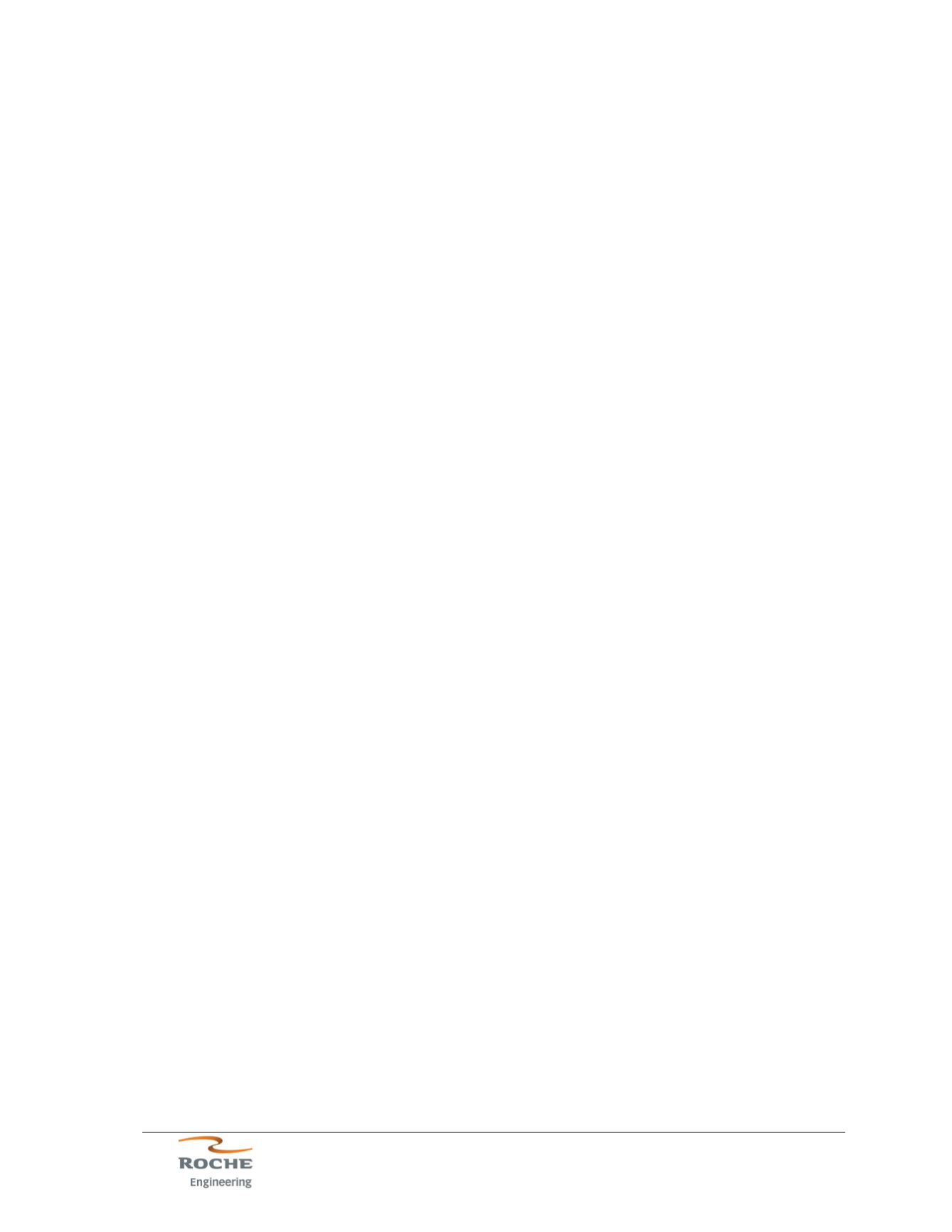
Rare Element Resources
Bear Lodge Project
Canadian NI 43-101 Technical Report
October 9
th
, 2014
10135-200-46 - Rev. 0
19-8
price seasonality, the assumed prices for rare earth oxides used in this study to
estimate the market price for Bear Lodge production are a trailing twelve months’
(“TTM”) average of export values for the individual oxides, based on reported
Chinese customs data through June 2014. Because of the lack of available customs
data for gadolinium oxide and samarium oxide, the preliminary feasibility study used
spot prices FOB China from early July, 2014, as published on the metal-pages.com
website for these materials.
The Company made a few downward adjustments to the TTM export values
published in Chinese customs statistics to establish its assumed RE oxide prices for
cerium, dysprosium, europium, and praseodymium, to account for recent market price
weakness. Discounts of 45%, 10%, and 15% were applied to the TTM export values
of cerium, europium and praseodymium, respectively. The large discount applied to
the cerium value also reflects the widely held market expectation of an extended
period of global oversupply of the material as Molycorp and Lynas Corporation ramp
up to their designed production capacity, although this could be partially offset by the
company’s concerted efforts to grow demand for new applications.
For dysprosium, (Dy) seasonal 3-month spikes in the volume of export demand for
dysprosium oxide from China have occurred in two of the past three years and driven
reported Dy export values in those months to more than US$2,000 per kilogram.
Therefore, Rare Element Resources discounted the TTM average export value for Dy
oxide by 66.67% (1) to further mitigate the impact of this apparent seasonal demand,
(2) to account for expected reduced demand for the material which has been a target
of substitution in some RE permanent magnets, and (3) to reflect the potential impact
of additional Dy becoming available as more non-Chinese sources of Dy are
developed over the next several years.
Once the estimated prices for the individual rare earth oxides that make up Rare
Element’s very pure (97+% TREO) mixed REO concentrate were established, the
Company pro-rated the value, based on the distribution of the expected recovered
rare earth elements, normalized to 1,000 grams (i.e., one kilogram), to calculate a
“basket price” for the material. Then, to recognize that the mixed REO material would
still have to undergo separation into individual rare earth oxides before those prices
could be obtained, the Company assumed an estimated 25% discount to reflect the
cost of separation. The 25% discount was based upon a survey of various market
sources whose estimates ranged from 20%-30%, and it also reflects the lack of
impurities in Rare Element’s high-purity concentrate product.


